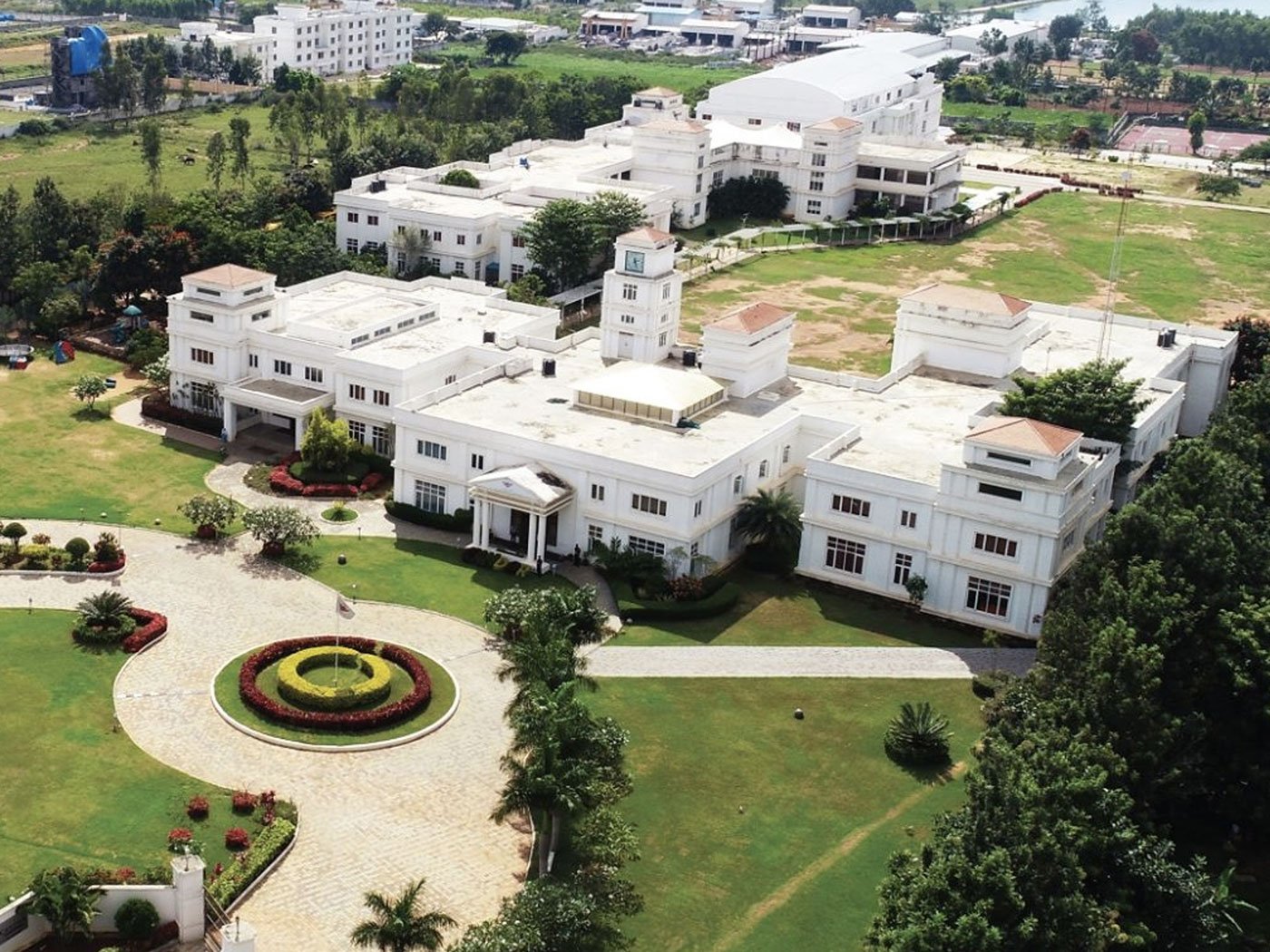
Everyone knows the polar bears are dying, the glaciers are melting, and the average surface temperature of earth has increased by 0.9 degrees Celsius since the late 18th century, according to NASA. It is shocking, considering it is largely driven by human activity. Yet, we continue to drive our private carbon-dioxide emitting cars, we continue to demand energy-consuming air-conditioners and infrastructure, and we continue to consume meals packaged in plastic that we must burn to dispose of, voluntarily releasing dioxins – one of the most toxic chemicals known to humankind – into the air we breathe.
The Native Americans say “we do not inherit the earth from our ancestors, we borrow it from our children” – if we are to leave something for our children, we are at a critical junction now, and must change our ways, behaviours and values. The 21st-century school must not only speak about the values it believes in, but it must demonstrably live them. Indeed, in the same way, we take care that our clothes are representative of who we are, so are our homes, offices, and school buildings – they are lasting architectural legacies of a school’s character and values.
From international evaluation methodologies such as the LEED system to national bodies such as the Indian Green Building Council, all systems provide systematic frameworks with graded levels of achievement in green infrastructure. In your quest to become a green institution, you need not follow a predetermined framework, although it helps in assessing your progress and provides a sense of achievement with every certificate gained. You are encouraged to adopt the eco-friendly methods that best fit your campus and your vision for your institution.
Below are 10 implementable suggestions for going green:
Drought Tolerant Species – Introduce shrubs and trees that require little water for flourish, thereby conserving your water consumption.
Lawns and Turfs – Avoid the laying out of lawns or turfs. Large expanses of manicured lawns are heavy consumers of water, and while they may look green, the environmental cost of maintaining a lawn is far higher than its environmental benefit.
Natural Illumination – Design your school in such a way that sunlight naturally illuminates indoor buildings. This can be done through glass domes in ceilings. A particularly clever way of amplifying natural daylight is through the use of frosted glass walls in place of the traditional cement/wood/brick. The initial outlay will pay for itself in the lighting costs you save from not requiring tube lights and fluorescents during the day.
Cross-ventilation – Take heed of the way the wind flows and design your passage ways so that air can move freely. Where possible, install French windows that allow for more air to come in.
Waste Segregation at Classroom Level – Inculcate the habit of segregation every day by ensuring children can dispose off daily waste from class activities in colour-coded, categorized bins: paper, plastic, metal, e-waste and wet waste.
Compost Organic Waste – Collect and compost organic waste for use in fertilizing your school garden or farm.
Electric Buggy – Every school conducts school tours. Invest in an electric buggy to save on fuel costs and demonstrate your commitment to the environment.
Open Grid Pavers – Use reflective open-grid pavers to reduce the Heat Island effect.
Solar Lights – We easily get enough sunshine in India to power a few lights on campus, at the very least. Install a few solar-powered lights and reap the benefits of reduced electricity costs.
Resource Management – Install fans, projectors, and computers that are BEE 4-star rated and use low-flow water fixtures that can save as much 50% of your water usage.
We must not underestimate the power in our hands to make an impact. As educationists, every action we take is amplified: our children are watching us as we impart lessons about living by one’s values. Embark on this journey and we promise you, it will be rewarding.
By,
Dr. Suresh Reddy
Chairperson
Candor International School




